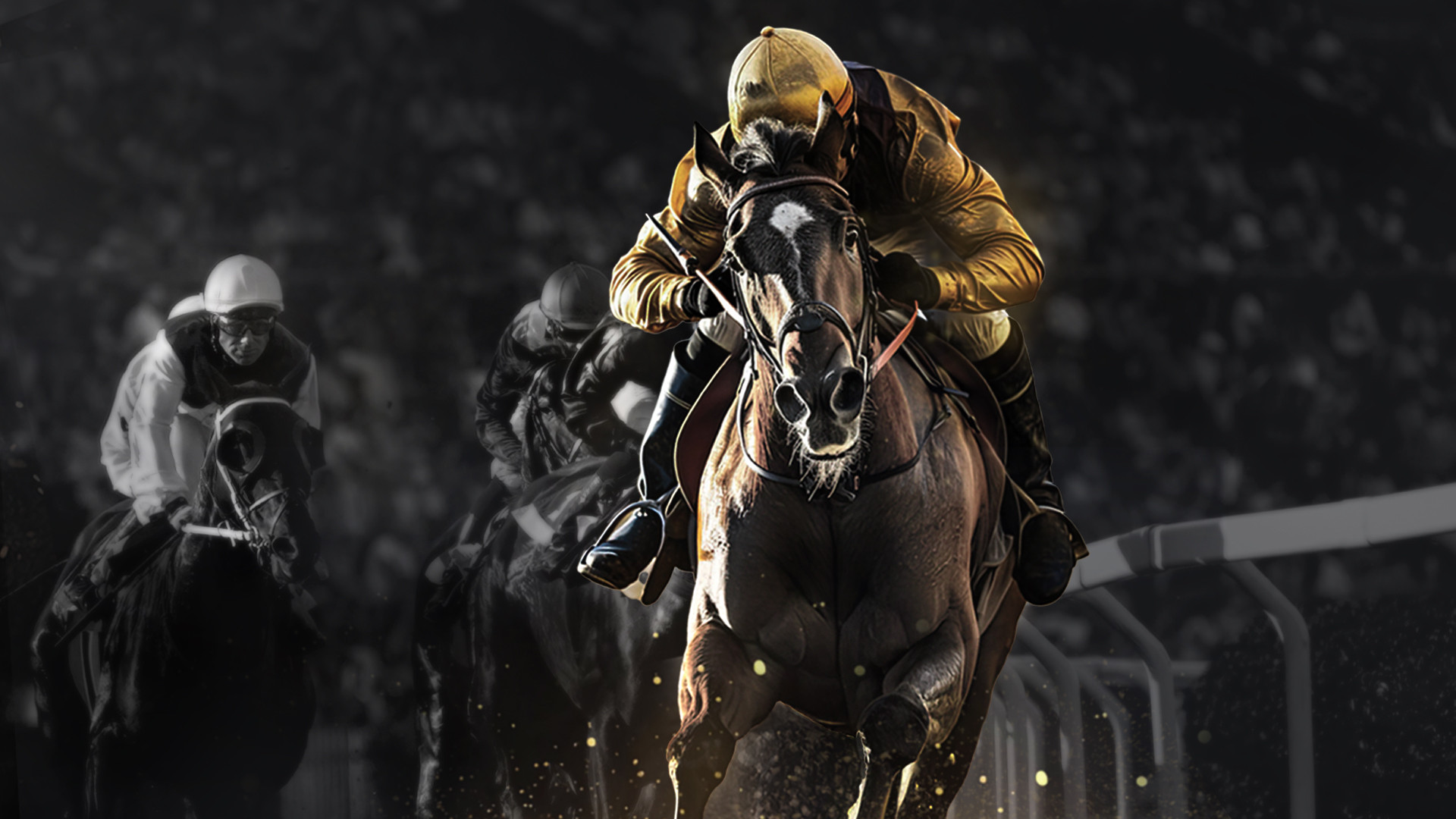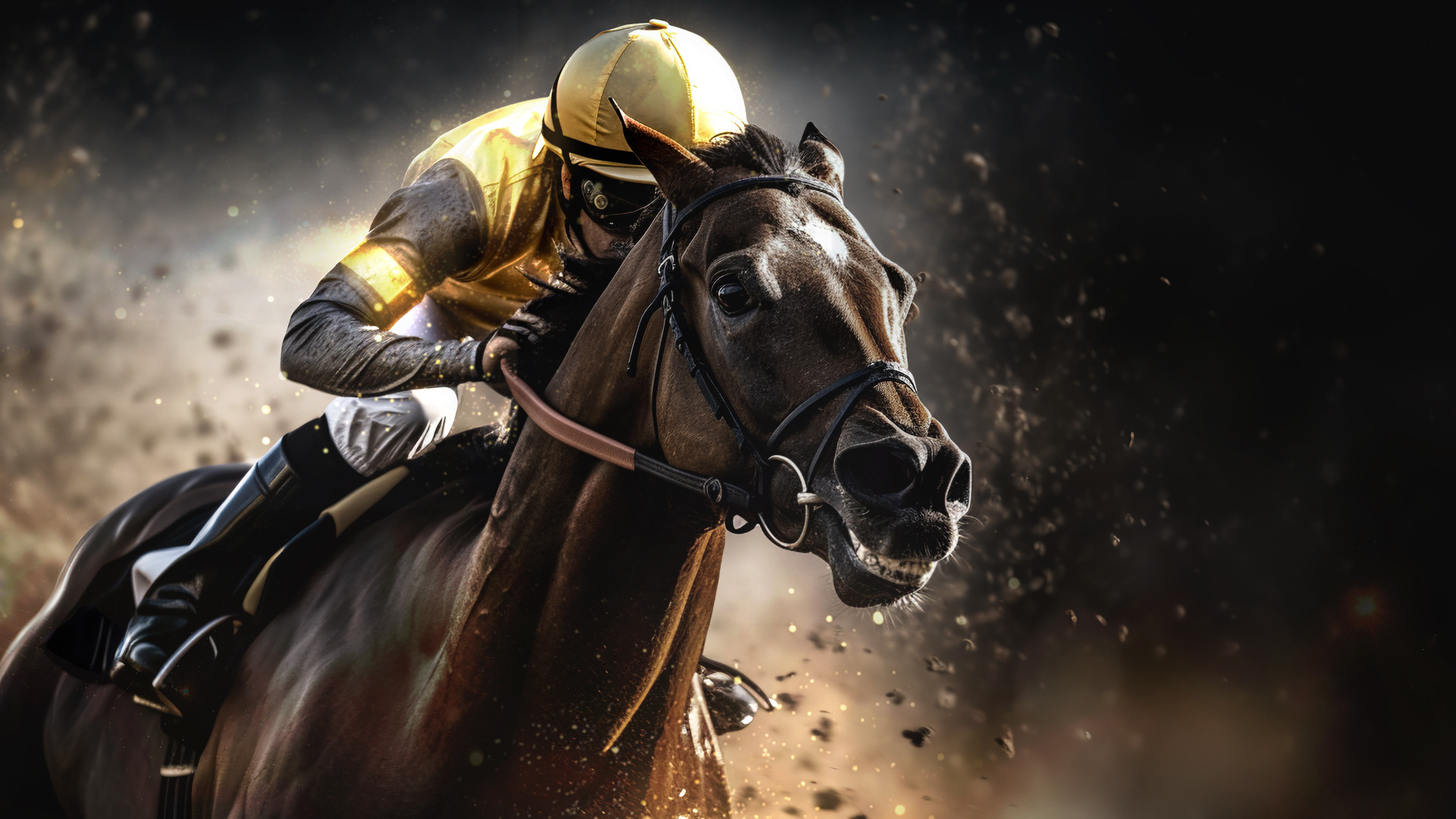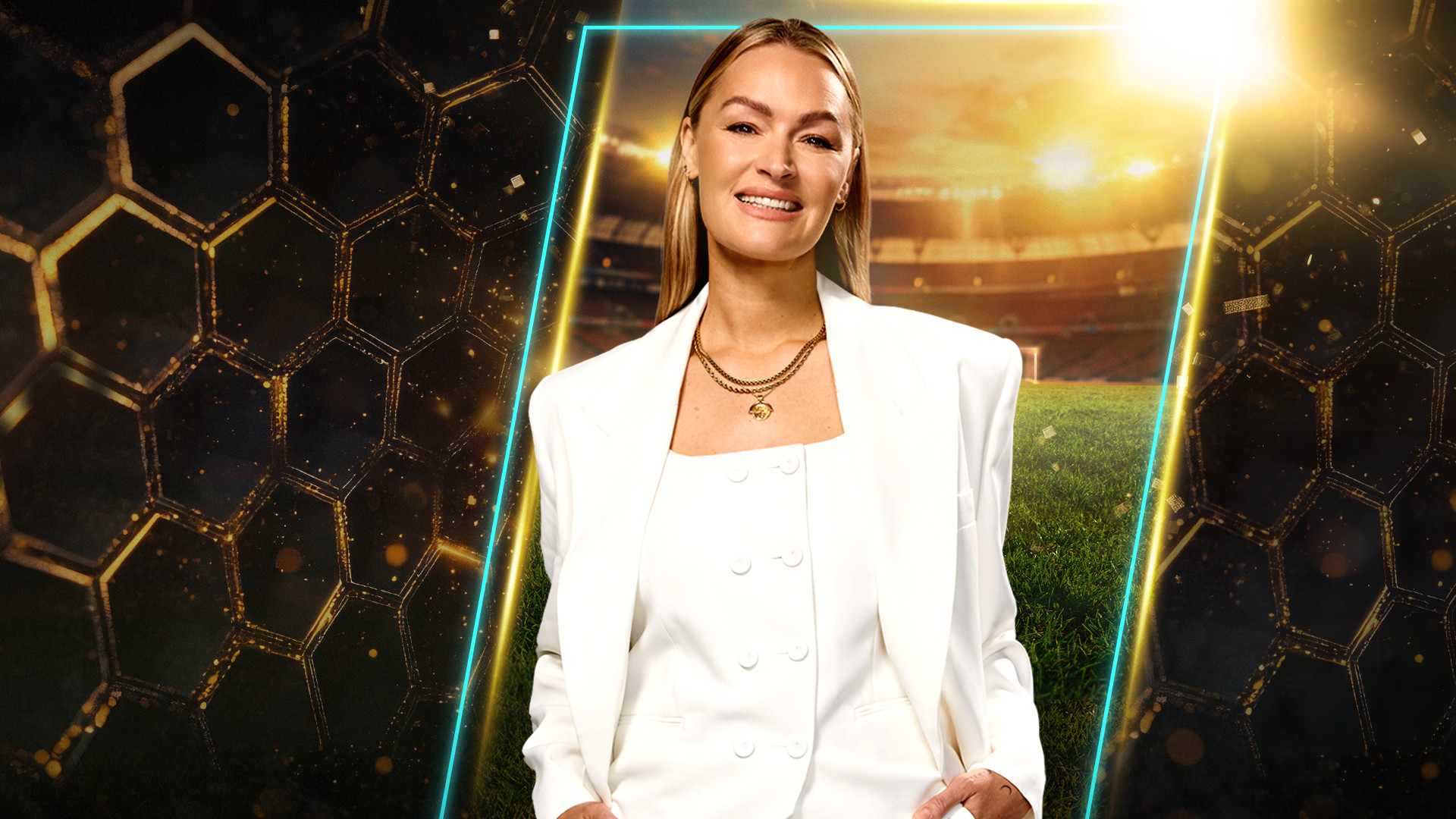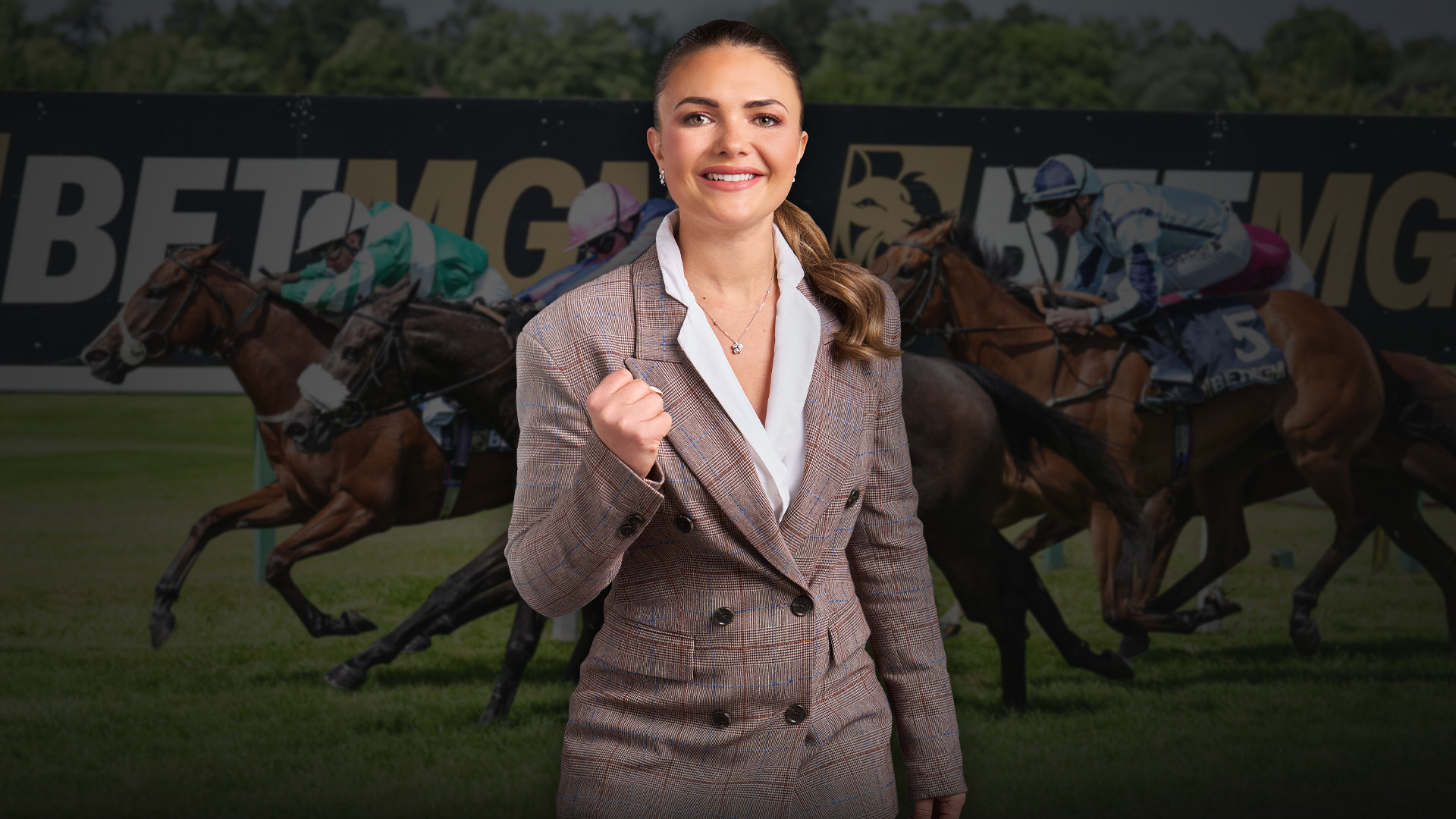
Famous Grand National Trainers: Their Strategies and Success Stories
Being able to celebrate success at the Grand National is an experience not even the best of trainers are guaranteed during their careers. The Grand National is a one-off race where pedigree and past results often count for nothing. You can train multiple winners at Cheltenham, be crowned the best trainer on the planet, and not even come close to landing the big one at Aintree.
Yet some trainers have nailed the formula to delivering Grand National champions.
In this guide we’ll take you through the tactics and strategies deployed by the most successful trainers at Aintree. Discover who holds the record for the most Grand National wins, how trainers deliver against-the-odds triumphs, and why it’s so hard to win multiple Nations in the modern era.
Most Successful Grand National Trainer
Let’s start with the headline acts. Only three trainers from a list of hundreds have ever won the Grand National four times. Winning even one race is tricky and very few have experienced multiple triumphs at Aintree.
The three most successful Grand National trainers are:
- George Dockeray (1839, 1840, 1842, 1852)
- Fred Rimell (1956, 1961, 1970, 1976)
- Ginger McCain (1973, 1974, 1977, 2004)
Their successes came in different eras and under vastly different circumstances. George Dockeray trained Lottery to victory in the first Grand National back in 1839. Jerry (1840) and Gaylad (1842) soon followed, with Miss Mowbray (1852) his final triumph. Dockeray was a former Flat jockey who ran a stables in Epsom, close to where he had won the Derby and the Oaks. He was protective of his horses and knew when he had a stayer. What was particularly impressive about his Grand National record was that he won all four races with different horses. He was also ahead of the game, knowing how to prepare runners for the challenging course at Aintree while other trainers focused on the Flat season.
More than a century would pass before another trainer managed to secure four Grand National victories. Fred Rimell, like Dockeray before him, completed the feat with four different horses. However, his period of success spanned 20 years. E.S.B. won the 1956 National only after Devon Loch famously fell. Then came outside shots Nicolaus Silver (1961) and Gay Trip (1970) – two horses who cantered to victory. Rimell's biggest accomplishment, though, came in 1976 when Rag Trade beat then-two-time champion Red Rum into second place.
Like Dockeray, Rimell was a former jockey and a good one at that. He won 34 Flat races before switching to jumps but injuries prevented him from flourishing in the National Hunt. Rimell trained horses with a "loose schooling" method that helped him spot natural jumpers. The fact Rag Trade beat Red Rum is a testament to the trainer's ability.
Rimell's latter years as a trainer overlapped with Ginger McCain's peak. McCain struck gold when buying seven-year-old Red Rum for just 6,000 guineas. Red Rum had a degenerative hoof disease but McCain trained him on the flat Southport sand. It is claimed the sea water helped the horse's hooves. Red Rum won the 1973 Grand National by less than a length, edged L'Escargot to claim the 1974 race, and then claimed successive second places before clinching a third triumph in 1977.
Fast-forward to 2004 and McCain, then into his 70s, claimed a record-equalling fourth winner with Amberleigh House. McCain had bought the horse four years prior for £75,000 and prepped him specifically for the National.
How to Train a Grand National Winner
There’s no one strategy for Grand National winning trainers to adopt, nor is there any guarantee that your methods will actually work. It’s no surprise the first Grand National winner was called Lottery because that’s exactly what this race is.
A handful of trainers have been successful with multiple winners down the years. Yet they have all suffered their fair share of defeats in order to witness rare moments of glory. Gordon Elliott, for example, has three National winners to his name yet fielded 11 runners in 2019 – the year Tiger Roll won for a second time.
Below are some of the most successful training methods used to produce winners at Aintree:
Thorough schooling:
Schooling for the Grand National isn't easy because fences of such height and make-up aren't common across the country. It can be expensive to build your own fences, so the Jockey Club helps out by erecting schooling fences at racecourses across the country.
Oliver Sherwood trained Many Clouds to victory in 2015 using schooling fences at Lambourn. Having the ability to see in real time how horses vault these jumps can make the difference between entering and withdrawing a runner.
Of course, schooling starts months and even years before a horse is tested on these schooling fences. Nigel Twiston-Davies had stables in Gloucestershire that featured a four furlong uphill gallop. That, coupled with fences, was enough to school a good stayer into a champion steeplechaser, as was the case with Earth Summit (1998 Grand National winner). Bindaree's victory in 2002, where he clawed back leader What's Up Boys after the final hurdle, was proof that early schooling works wonders in this race.
Nailing the calendar:
No horse enters the Grand National without having had extensive jumps training. That's why most runners are aged seven and up, when they've usually enjoyed a Flat career and have had a few years preparing for steeplechases. Grand National fence heights range from 4ft 6in to 5ft 2in. A stayer needs to have stamina in order to safely jump.
Building stamina back at the stables is one thing but experience is another. Trainers line up a horse for the National with long-distance races earlier in the winter. David Pipe – winning trainer in 2008 with Comply or Die – will usually have a National runner in December's Becher Handicap Chase.
Trainers looking a year ahead may throw their horse into April's Topham Chase, with half an eye on Aintree 12 months down the line.
Matching conditions:
The Grand National is such a difficult race to prepare for because trainers don’t know what conditions they will face. Will the going be hard after weeks of spring sunshine in the north west? Or will it be heavy from persistent rain coming in from the Irish Sea?
Ginger McCain trained Red Rum on the beach at Southport knowing it was the best way to build the horse’s stamina. The good-to-firm conditions meant Red Rum may have had an advantage galloping on harder ground than the beach. Jenny Pitman used the beach tactic in 1983 to Corbiere for Grand National glory too.
Two-time champion Lucinda Russell, meanwhile, has a variety of gallops at her disposal for training steeplechasers. Sand, grass, carpet and woodchip are all available at her stable, meaning horses can prepare for specific races. She became the first woman trainer to win the Grand National when One For Arthur claimed victory in 2017.
Getting the weight right:
Horses in the Grand National carry weights relative to their Official Rating (OR). The better the horse is, the more weight they carry, up to a maximum of 11st 10lb. The idea is to level out the field and make the betting more competitive.
Trainers aim for their horses to peak at Aintree, which means the form in the months leading up to the Grand National may not be great. After all, the better a horse is running, the more they’re handicapped. As a punter, it’s advised to do a little digging to see if a horse is winning while also carrying a lot of weight.
Conversely, sometimes you’ll see form guides featuring horses with very high numbers that don’t properly represent their chances of winning. They might run a few prep races without being at their peak and that might mean their OR is lower than expected.
Getting the weight right for a horse isn’t easy and it comes down to the race handicapper’s judgement. As a trainer, all you can do is prepare the horse as best you can.
Water aerobics:
Yes, you heard us right. Trainers use water aerobics to keep their horses fit and reduce the pressures on their joints when preparing for the Grand National. In fact, most top stables will have water walkers or swimming pools to aid horse recuperation and development.
Gordon Elliott's stable, for example, has a custom built swimming pool and an Equine Vibro Floor that "provides excellent therapy to joints, ligaments and tendons by alleviating pain and inflammation". Corach Rambler, winner of the 2023 Grand National for Lucinda Russell, ran on the water treadmill four times in the week before heading to Aintree.
Why Trainers are Important at the Grand National
The above methods used to prepare horses for the Grand National are just four examples of what trainers do day-to-day in the months before the big race. The biggest stables – like Gordon Elliott's and Lucinda Russell’s – have extensive facilities that cater for every aspect of a horse’s development.
Other trainers aren’t so fortunate but can still prepare their horses well for the 30-fence race at Aintree.
If you’re planning to bet on the Grand National then take some time to check out the trainers on the race card. You might just spot a past winner who knows what they’re doing!
Think you know what it takes? Check out our dedicated Grand National betting page for exclusive odds and specials. It's showtime!


